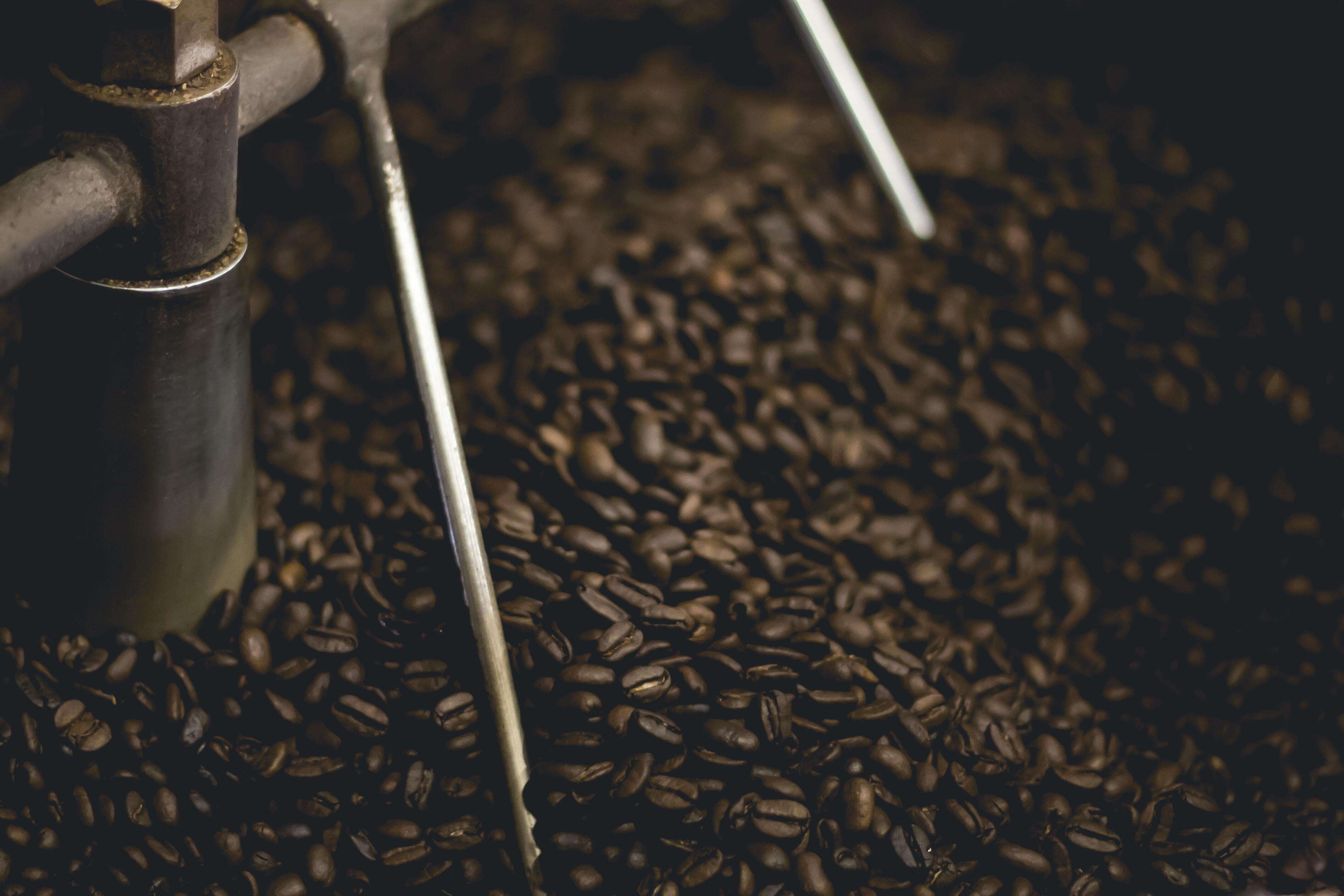
Spectrophotometers can be invaluable tools in the creation of the perfect cup of coffee. Image Source: Unsplash user Padurariu Alexandru
What makes a good cup of coffee? For some, the lightness, high acidity, and robust caffeine levels of a Nordic roast is the perfect way to start the day. Others prefer a medium roast for its pleasantly complex aroma and delicate mix of body and acidity. Dark roasts let the flavors of the roasting process shine through, offering a full-bodied, smokey-sweet experience with lower caffeine levels that make them perfect for enjoying later in the day. Whatever their preference, today’s consumers are more discriminating than ever when it comes to their coffee, raising the bar for quality amongst both well-established coffee giants and independent up-and-comers just joining this $100 billion worldwide industry.1 Integrating spectrophotometric color measurement throughout the coffee manufacturing process allows you to constantly monitor your product to ensure it conforms to your high standards while minimizing waste and reducing cost.
Color Measurement from Start to Finish
Whatever the final form your coffee will take, excellence starts with the beans. Measuring the color of raw coffee beans ensures that you are starting with the best possible quality ingredients to ensure satisfying roasting results. The color of raw beans varies depending on growing conditions, which affects the taste of the final product, and an inconsistent mix can impede your ability to create blend you are looking for. Spectrophotometric analysis allows you to be sure that the beans you have chosen will respond consistently to roasting.
Once the beans have been selected, the roasting process begins, allowing for each blend to develop the flavor and aroma your customers desire. The heat of roasting removes moisture, breaks starches down to simple sugars that caramelize, alters acidity levels, impacts caffeine content, and leads to the development of caffeol, the oil that gives coffee its distinctive smell.2 The exact aesthetic, aromatic, and taste qualities of the final product will depend on the specific reaction of the raw product to the roasting process. Measuring the color of the beans during roasting gives you optimal control over the final result and spectral analysis of the ground beans ensures that the qualities you are seeking are consistent throughout the blend.

The darkness of a roast can give you important information about its aroma, taste, and caffeine content. Image Source: Unsplash user Bo Smith

